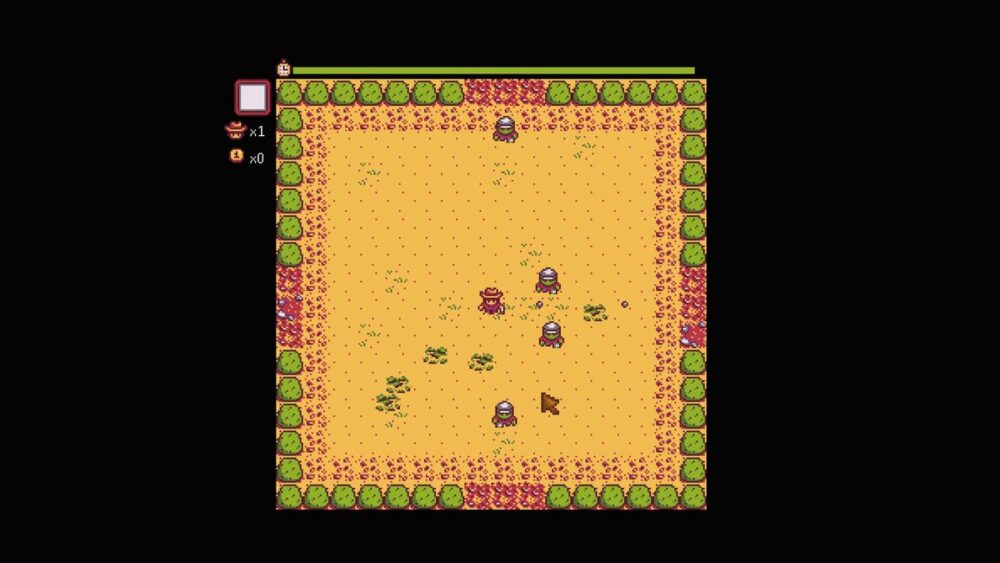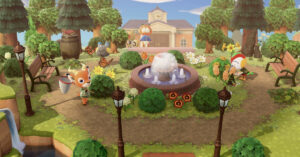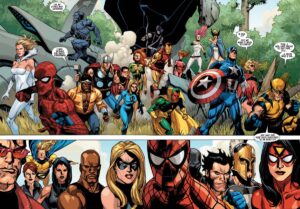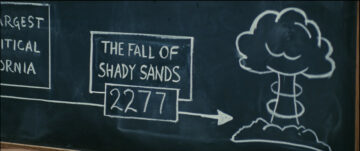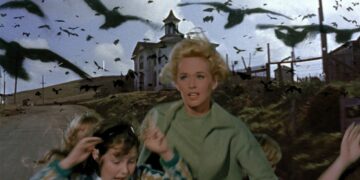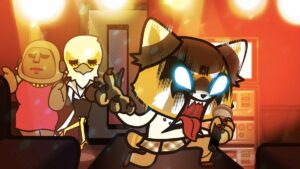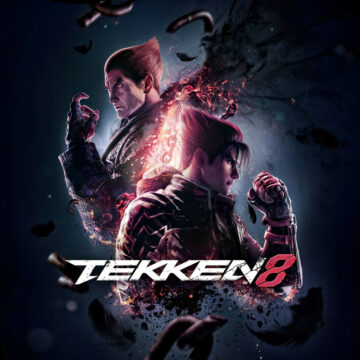These days, when you buy a game, there’s a good chance you get something extra. Whether we’re talking large AAA releases or indie titles, minigames are all the rage — and a few have taken on new life after release.
Minigames have been around for almost as long as video games have, but the most recent trend of the game within a game being a near-requirement can be pegged to The Witcher 3 and the introduction of Gwent. While this in-universe card game had been referenced in the Witcher books, it was brought to life by developer CD Projekt Red and was such a hit with players l that it was spun off as a stand-alone title in 2018 across all platforms, including mobile. CDPR even tried its hand at making Gwent a popular esport.
Gwent’s success as an open-world-bolstering minigame and its legacy as a stand-alone form of fun has become the foundation on which other developers have built their own in-game distractions. From Assassin’s Creed Valhalla’s Orlog to the copious amounts of ones throughout the Yakuza series to Queen’s Blood in the upcoming Final Fantasy 7 Rebirth, minigames have become almost essential to the 100-plus-hour game experience.
Distractions and world-building
I break down in-game minigames into three categories. First, there’s the fishing (or other crafting-based) minigame, popularized in the Legend of Zelda series and other open-world or survival titles. They might differ mechanically, but the end result is that you have some fish, resources, or a valuable reward. The second involves putting previously existing games inside other ones, such as how you can play the entirety of a version of Wolfenstein 3D in Wolfenstein 2: The New Colossus.
The type of minigame rising in popularity is the third category: the in-universe, original, optional minigame. Many games, like Red Dead Redemption and Grand Theft Auto V, feature real-world games like poker or golf. They’re easy to pick up and understand since they exist in our world, and in most cases, don’t contribute much to the overall immersion. You might get a reward or two, maybe some XP, but they’re ultimately skippable — especially in open-world games with plenty of other things to do.
Nowadays, we don’t just get things like poker or maybe a slot machine or two. We get Gwent, Orlog, and Machine Strike in Horizon Forbidden West. We get Dondoko Island in Like a Dragon: Infinite Wealth, which is basically just Animal Crossing, to go along with the usual deluge of cabaret club, dating, karaoke, and other minigames. And whether they succeed, they all fit into their games’ universes. They’re still skippable and might not give you much in the way of tangible rewards, but they’re attractive because they provide something equally as important for games this large: set dressing.
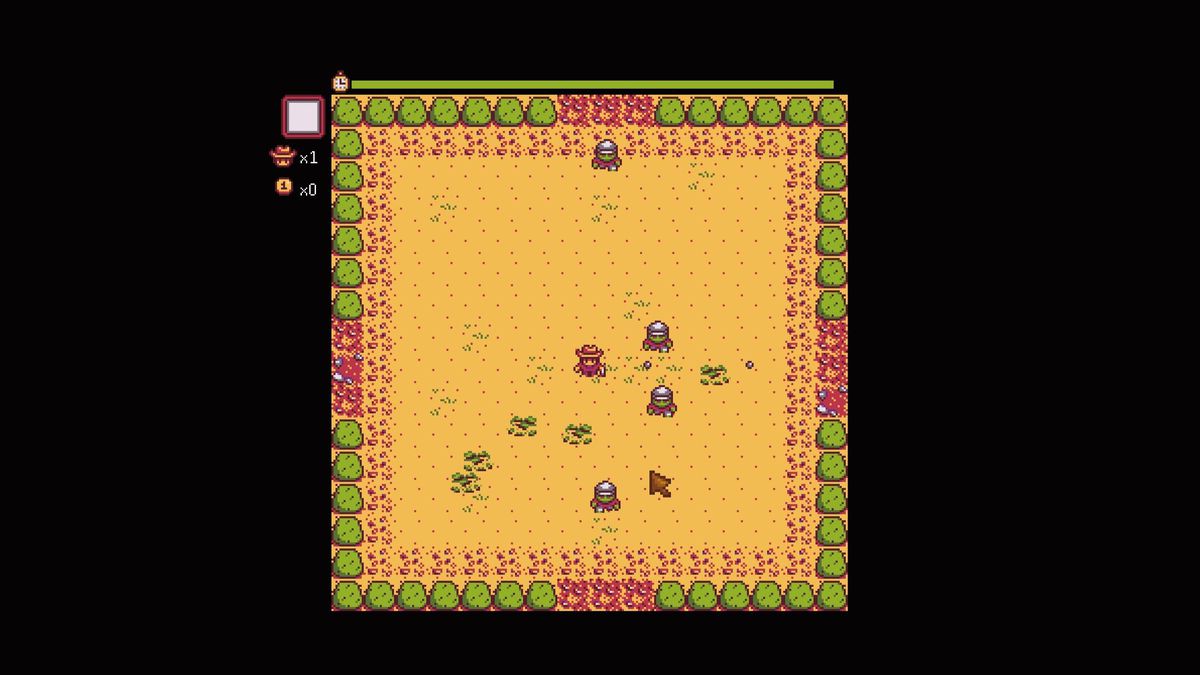
Image: ConcernedApe via Polygon
The quest to dimensionalize new worlds through minigames is not just a pursuit for AAA developers; anybody building a virtual world might look to minigames as a handy tool. Eric “ConcernedApe” Barone, creator of Stardew Valley, integrated a minigame called Journey of the Prairie King, which is available to play in the town’s local bar and also works as world detail. It’s a retro, twin-stick shooter arcade game set in the Wild West that doesn’t help you in any way to build your farm, but it provides a small but important opportunity to flesh out the world just a bit more.
“[Minigames] break up the gameplay, which can be good or bad, depending on the situation,” Barone told Polygon via email. “They give players an opportunity to utilize different skills, which might not be part of the normal gameplay loop.” But more importantly for devs, “they provide opportunities for the developer to create more immersion and lore-building, by integrating the minigame into the world in a way that makes sense and doesn’t just feel tacked on.”
That last part can refer to realism, with a game most players would already know, like poker, or something familiar, like Holotactics in Star Wars Jedi: Survivor, which is heavily influenced by the idea of holochess from the Star Wars movies. Holotactics makes sense in its world, sure, but it goes one step further by extrapolating a known concept from the Star Wars universe that would not be directly encounterable in the quest of a Jedi.
Orlog also fits this idea of the minigame as an immersion tool. Here, you take away your opponent’s health by rolling dice. There are a couple other systems at play, like being able to use a God Favor every three rounds and how you can choose from five kinds of dice with different effects, but it’s a lot less complex than Gwent, which makes it harder to put down. Even though you don’t get much in the way of rewards for playing besides an achievement, it works as a distraction from sailing up and down rivers and doing favors for local children. It’s not a historically accurate game, but developers at Ubisoft looked for Norse inspirations to go along with Valhalla’s location and era. They also worked to make sure Orlog felt organic in player encounters by only placing minigame places in areas that made sense.
“Through our historical research of the time period, we found dice artifacts made out of bones and wood with different shapes and it created a spark of inspiration and we needed to do something with that,” Benoit Richer, co-dev game director for Assassin’s Creed Valhalla at Ubisoft Montreal, told Polygon via email. “Since no rule book passed through history, we came up with our own ruleset and called it Orlog.”
Making sure the minigame isn’t distracting from the main game is also key. It not only needs to be completely optional but also not take up too much of the player’s time if they want to dive in. Holotactics does take a little effort on the player’s part outside of just sitting down in the tavern to play it. In order to add more pieces to your collection, you have to scan creatures while exploring. However, these interactions come up organically as you travel, so you don’t need to go out of your way to beef up your Holotactics strategy.

Image: Ubisoft
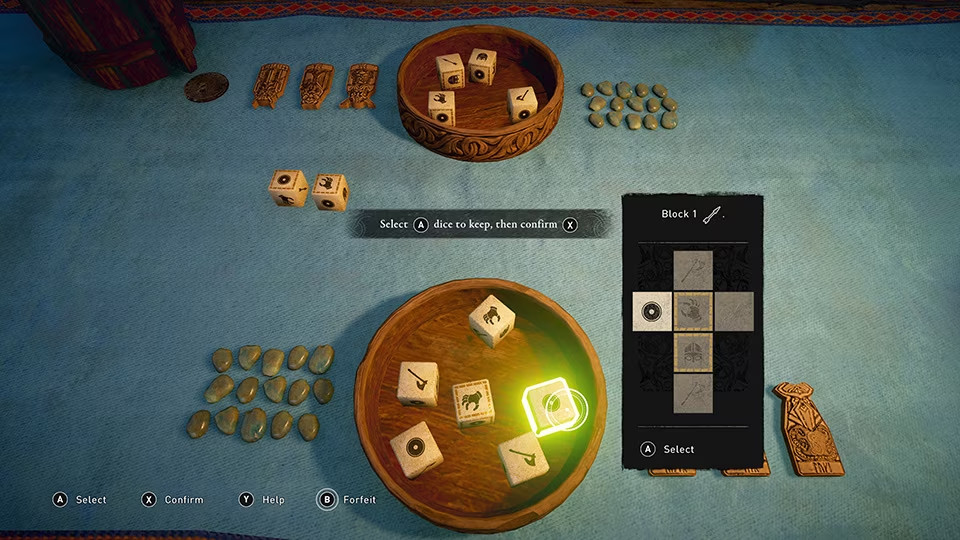
Image: Ubisoft
Like Holotactics, which is easy to understand even for new players, Orlog doesn’t require much previous knowledge of dice games. Early in development, the game was much more complex, but the feedback wasn’t too kind on that.
“We needed to make it simpler, because we’re making a minigame; it’s side content,” said Zhu Bi Jia, lead game designer at Ubisoft Chengdu, in a blog post. “Players need to focus on the main game, so it can’t be too complex.”
This is why Horizon Forbidden West’s Machine Strike, a tactics tabletop game featuring enemy machines, has taken flak from players. While it fits in with the post-apocalyptic Horizon world and makes use of enemy machines to form its mechanics, it takes up way too much time if you want to complete every match, and it has its own quest line that can move you off of the many, many paths you can take in Forbidden West. Machine Strike tries to lure you in by offering you more pieces if you win against NPCs along with skill points to level up Aloy, but considering there are so many opportunities to earn points, Machine Strike becomes even more skippable.
You don’t have to play Journey of the Prairie King, but it’s there if you want it. The only tangible reward you get for playing is an arcade cabinet for your home if you complete it, but having it exist at all adds flavor to the world. Plus, it adds depth to one of the romance options. Abigail owns a console version and can often be seen trying to play it, and if you rank up your relationship with her enough, you can even play it with her.
“I think integrating it with the characters was a big help,” Barone said about making the game feel organic. “It made the minigame feel like, instead of taking you out of the world, it’s immersing you deeper into it.”
Can make for a nice spinoff, too
The Gwentification of video games isn’t just about creating an engaging minigame, but also being able to translate that to the real world, either through spinoffs or physical tabletop products. Gwent: The Witcher Card Game took the parts of the minigame people enjoyed, from collecting the cards to the combat-oriented card strategy, and turned it into not just one but three experiences. Players can duel in the matchmaking multiplayer mode, but also embark on a single-player campaign called Thronebreaker: The Witcher Tales. A 2022 expansion introduced a roguelike mode called Gwent: Rogue Mage.
Considering how much time a lot of people put into just the Gwent minigame alone, it’s completely unsurprising that it would get its own dedicated game. CD Projekt Red community assistant Paweł Burza told IGN in 2022 that the developer received “thousands of emails” from users who wanted a stand-alone title. Plus, having it as its own thing was already in development. According to that IGN article, a small team had pitched the idea during The Witcher 3’s development, and while it had been turned down initially due to time constraints, the team started testing it with a printable version in the CDPR cafeteria, which garnered a small fan base. It was kind of fated for spinoff territory.
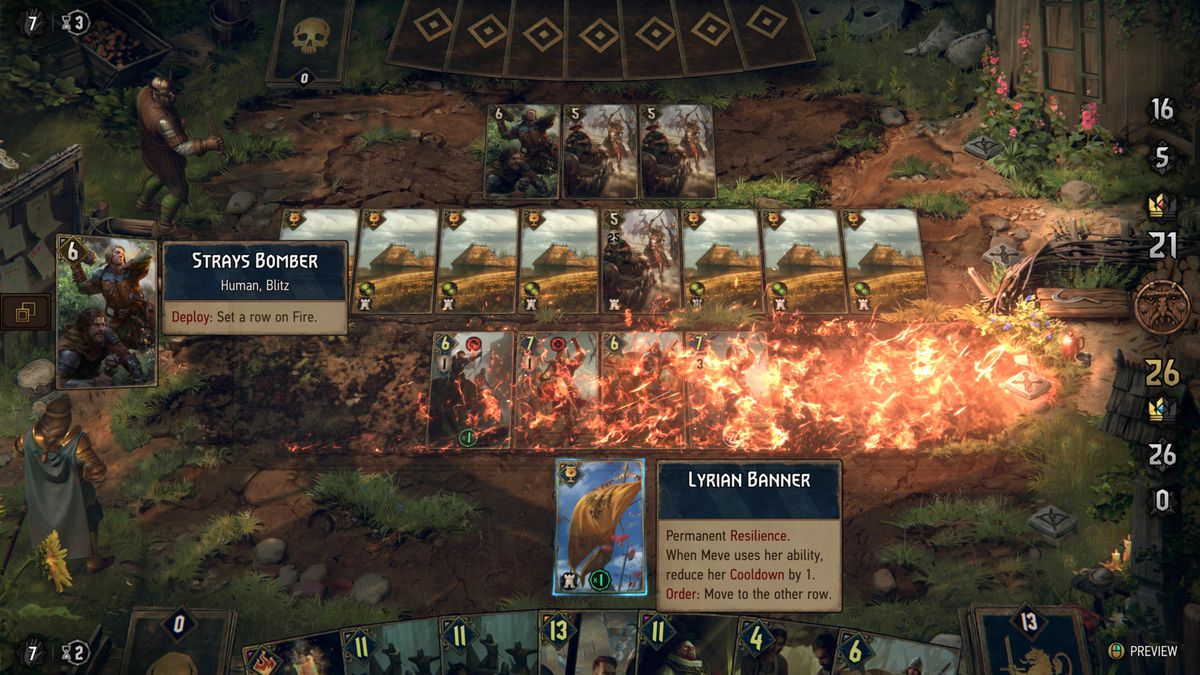
Image: CD Projekt Red
It’s hard to find exact numbers for how well the stand-alone Gwent did. We know Thronebreaker initially didn’t reach sales expectations because, according to CDPR, it launched exclusively on GOG.com, but it’s had over 5 million downloads on the Google Play Store and it still has a running esports league. While CDPR halted content updates at the end of 2023 and player counts have dropped from its peak (at least on Steam), Gwent: The Witcher Card Game filled in a need that players had after playing The Witcher 3.
Assassin’s Creed Valhalla was the next AAA game to take its minigame and turn it into its own thing, though Ubisoft went the physical route. Orlog was crafted with the intent of making a collection game that could be played on a table, according to Richer, a board game enthusiast, so it was developed using real-world dice and paper first. Playing Orlog in Valhalla, it was so easy to picture it being a physical game, so it came as no surprise when PureArts, a company that specializes in licensed pop culture collectibles, launched an official Kickstarter for it in 2021. It was fully funded in just 35 minutes, and by the time the campaign ended, every stretch goal was unlocked.
As video games continue to get larger to justify their high budgets and rising costs, expect to see more minigames pop up. They all won’t be implemented correctly; not every title needs a tabletop collectible figurine minigame.
“I don’t think it would make sense for every game,” Barone said. “Some games just don’t really need it, because they are already commanding your full attention at all times, and to add yet another gameplay scenario on top of it would be overwhelming.”
However, if done well, they not only provide an extra revenue stream for developers, but, if implemented correctly, can make for a nice distraction for players or even provide a bit of depth to their worlds.
“Game experiences really shine when you focus your feature development on expressing the core player fantasy so everything has a purpose,” Richer said. “Filling your game with too many different features that are not really reinforcing the player fantasy, or just because they’re fun or enjoyable, could not only make game feel bloated or disconnected, but it will remove focus on core features that are crucial.”
- SEO Powered Content & PR Distribution. Get Amplified Today.
- PlatoData.Network Vertical Generative Ai. Empower Yourself. Access Here.
- PlatoAiStream. Web3 Intelligence. Knowledge Amplified. Access Here.
- PlatoESG. Carbon, CleanTech, Energy, Environment, Solar, Waste Management. Access Here.
- PlatoHealth. Biotech and Clinical Trials Intelligence. Access Here.
- Source: https://www.polygon.com/24074994/minigames-distractions-essential-open-world-games
- 1004
- 2018
- 2021
- 2022
- 2023
- 35
- 3d
- 7
- a
- AAA
- able
- About
- according
- accurate
- achievement
- across
- add
- adds
- after
- Against
- All
- almost
- alone
- along
- already
- also
- amounts
- an
- and
- animal
- Animal Crossing
- Another
- any
- Arcade
- ARE
- areas
- around
- article
- as
- Assistant
- At
- attention
- attractive
- auto
- available
- away
- bad
- bar
- base
- BE
- because
- become
- becomes
- Beef
- been
- being
- besides
- BIG
- Bit
- Blog
- blood
- board
- board game
- bones
- book
- Books
- bowl
- break
- brought
- build
- Building
- built
- but
- buy
- by
- called
- came
- Campaign
- CAN
- card
- card game
- Cards
- cases
- categories
- category
- cd projekt
- CD Projekt RED
- CDPR
- Center
- chance
- characters
- chengdu
- Children
- choose
- close
- club
- Collectible
- collectibles
- Collecting
- collection
- come
- community
- company
- complete
- completely
- complex
- concept
- ConcernedApe
- considering
- Console
- constraints
- content
- continue
- contribute
- Core
- correctly
- Costs
- could
- Couple
- crafted
- create
- created
- Creating
- creator
- creatures
- crossing
- crucial
- Culture
- Dating
- days
- dead
- dedicated
- deeper
- deluge
- depending
- depth
- designer
- detail
- developed
- Developer
- developers
- Development
- Devs
- DICE
- DID
- differ
- different
- directly
- Director
- disconnected
- dive
- do
- does
- doing
- done
- down
- downloads
- Dragon
- dropped
- due
- DUEL
- During
- Early
- Earn
- easy
- effects
- effort
- either
- embark
- end
- ended
- engaging
- enjoyable
- enjoyed
- enough
- equally
- era
- eric
- especially
- Esport
- esports
- essential
- even
- Every
- everything
- exclusively
- exist
- existing
- expansion
- expect
- expectations
- experience
- Experiences
- Exploring
- expressing
- extra
- familiar
- fan
- FANTASY
- farm
- favor
- Feature
- Features
- featuring
- feedback
- feel
- felt
- few
- filled
- find
- First
- fish
- fit
- Fits
- five
- flavor
- Focus
- For
- form
- found
- Foundation
- from
- full
- fully
- fun
- funded
- further
- game
- gameplay
- Games
- Games Like
- Gaming
- garnered
- Get
- give
- go
- goal
- goes
- GOG
- Golf
- good
- Google Play
- Google Play Store
- gwent
- had
- hand
- Handy
- Hard
- harder
- has
- Have
- having
- Health
- heavily
- help
- her
- here
- High
- Highlighted
- Historical
- historically
- history
- HIT
- Home
- horizon
- How
- however
- HTTPS
- idea
- if
- IGN
- immersion
- implemented
- important
- importantly
- in
- in-game
- Including
- Indie
- initially
- INSIDE
- Inspiration
- inspirations
- instead
- integrated
- integrating
- intent
- interactions
- into
- introduced
- introduction
- involves
- Is
- Island
- IT
- ITS
- Jedi
- journey
- jpg
- just
- Key
- kickstarter
- kind
- kinds
- King
- know
- knowledge
- known
- large
- larger
- last
- launched
- lead
- least
- legacy
- legend of zelda
- less
- Level
- level up
- licensed
- Life
- like
- Like A Dragon
- Line
- Little
- local
- Long
- Look
- looked
- lot
- machine
- Machines
- made
- main
- make
- MAKES
- Making
- many
- Match
- maybe
- Mechanics
- Middle
- might
- million
- minutes
- Mobile
- mode
- Montreal
- more
- most
- move
- Movies
- much
- multiplayer
- need
- needed
- needs
- New
- Next
- Nice
- no
- normal
- not
- now
- numbers
- of
- off
- offering
- often
- on
- One
- ones
- only
- opportunities
- Opportunity
- Options
- or
- order
- Organic
- organically
- original
- Other
- our
- out
- outside
- over
- overall
- overwhelming
- own
- Paper
- part
- parts
- passed
- paths
- peak
- pegged
- People
- period
- physical
- pick
- picture
- pieces
- pitched
- places
- placing
- Platforms
- plato
- plato data intelligence
- platodata
- platogaming
- play
- Play Store
- played
- player
- players
- Playing
- Plenty
- Plus
- Points
- Poker
- Polygon
- pop
- Popular
- popularity
- previous
- previously
- Products
- Provide
- provides
- purpose
- pursuit
- put
- putting
- quest
- rank
- reach
- Real
- real world
- realism
- really
- received
- recent
- red
- refer
- referenced
- relationship
- release
- Releases
- remove
- require
- research
- Resources
- result
- Retro
- revenue
- reward
- Rewards
- richer
- rising
- rivers
- Rogue
- Roguelike
- Rolling
- Romance
- rounds
- Route
- Rule
- Said
- sales
- scan
- scenario
- second
- see
- seen
- sense
- Series
- set
- shapes
- shine
- Shooter
- side
- simpler
- since
- single-player
- Sitting
- situation
- skill
- skills
- slot
- small
- So
- some
- something
- specializes
- spun
- Star
- Star Wars
- Stardew
- Stardew Valley
- started
- Steam
- step
- still
- store
- Strategy
- stream
- strike
- succeed
- success
- such
- sure
- surprise
- Survival
- Systems
- table
- Tabletop
- tactics
- Take
- taken
- takes
- taking
- tales
- talking
- tangible
- Team
- territory
- Testing
- than
- that
- The
- the dice
- The Game
- The Legend of Zelda
- The Witcher
- the world
- theft
- their
- there
- These
- they
- thing
- things
- think
- third
- this
- though
- three
- Through
- Throughout
- time
- times
- Title
- titles
- to
- told
- too
- tool
- top
- travel
- trend
- tried
- trying
- turn
- turned
- two
- type
- Ubisoft
- Ubisoft Montreal
- ultimately
- Understand
- universe
- unlocked
- up
- upcoming
- use
- users
- using
- usual
- utilize
- Valhalla
- Valley
- valuable
- version
- via
- Video
- video games
- Virtual
- virtual world
- want
- wanted
- was
- way
- we
- well
- went
- West
- when
- whether
- while
- WHO
- why
- wild
- wild west
- will
- win
- witcher
- with
- within
- woman
- wood
- worked
- works
- world
- Worlds
- would
- yakuza
- yet
- you
- your
- Zelda
- zephyrnet
